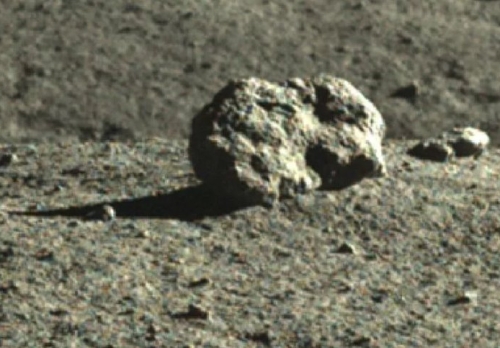New allegations of corruption and lawbreaking against Michelle Lujan Grisham, the Democrat Party governor of New Mexico, were revealed in a lawsuit filed this week by the former chief financial officer of Spaceport America, Zach DeGregorio.
Zach DeGregorio, the former Chief Financial Officer of Spaceport America, alleges that one of Grisham’s political appointees, Alicia Keyes, encouraged him to falsify an economic impact study. He also alleges that Keyes mishandled a bond refinancing for the purpose of defrauding the state. When DeGregorio attempted to report the wrongdoing, he claimed, he was threatened with investigations and a firing.
…The lawsuit also alleges that Spaceport America’s chief client, Virgin Galactic, and its CEO, Richard Branson, bribed Lujan Grisham in exchange for “essential business” status during COVID-19 shutdowns. The governor’s office met with Virgin Galactic shortly before Grisham “ma[d]e changes to the NM Spaceport Authority board,” “ma[d]e staffing changes at the NM Spaceport Authority,” and “made operational changes at the NM Spaceport Authority that benefited Virgin Galactic at the expense of other customers and the NM taxpayers,” according to the lawsuit.
You can read the actual filing here [pdf].
DeGregorio resigned in 2020 after filing an earlier complaint alleging that the CEO of Spaceport America, Daniel Hicks, had broken several laws in operating the spaceport. In the new lawsuit DeGregorio also alleges that Hicks tried to illegally access his email account to read private emails concerning these allegations.
Spaceport America was established a previous Democratic Party governor, Bill Richardson, based on Richard Branson’s false promises that Virgin Galactic would soon be flying hundreds of tourist flights yearly, thus attracting other space-related business to New Mexico. Since then all the state has gotten from the spaceport is expenses, almost no business, and a lot of scandal. This story is not the first, and I suspect it will not be the last, especially if Virgin Galactic goes bankrupt in the next few years (something I personally expect).
What Spaceport America will likely not get is actual business. It can’t work for orbital flights, being in the interior, and there isn’t enough orbital runway business to sustain it, especially since there are thousands of other runways to choose from.








